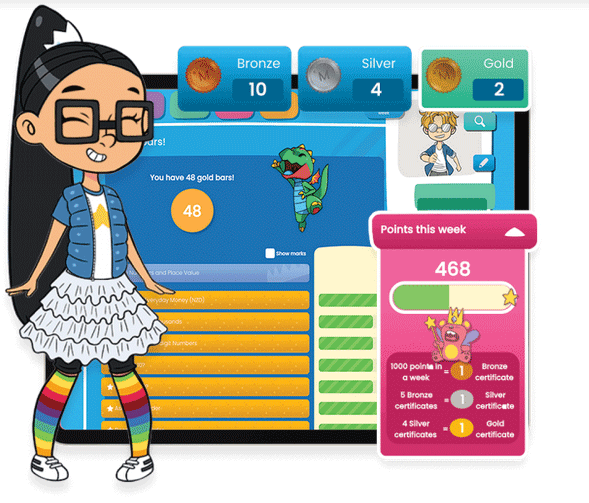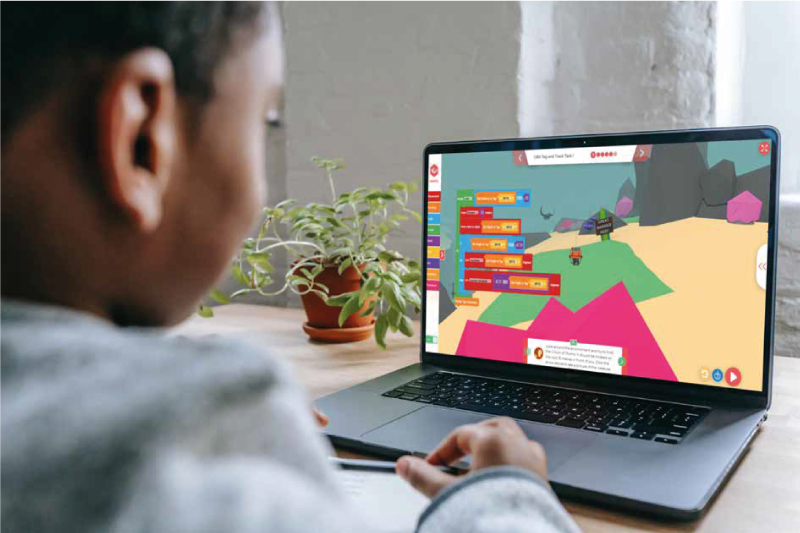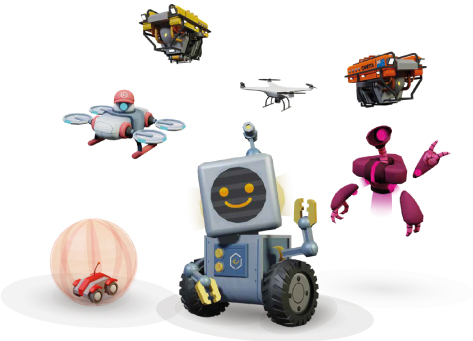
Ways To Manage Anxiety When Learning To Code
Ways To Manage Anxiety When Learning To Code
The STEAM curriculum adopted by most schools in Dubai and other regions of the Middle East compels students to study additional subjects like computers and delve into other aspects of technology. With the burden of English, Math, and Geography, it is normal to rebel while having to take on the additional responsibility of learning computers, especially coding!
However, we are aware that the 21st century that we live in is inevitably influenced by digitalization and we can’t imagine a single moment without being connected to devices and WiFi connections.
Learning programming skills at an early age not only prepares the younger generation to be job-ready but also helps in instilling vital skills necessary for overall development & growth. Critical thinking can help children navigate through life and make calculated decisions, while problem-solving skills help students be more steadfast in difficult situations and learn to overcome them with grace.
Often, parents & educators complain that children get frustrated and give up halfway through their coding journey. Well, we won’t argue on this one! It does take a lot of patience and conviction before you ace it, but it’s totally doable. Here are some ways to overcome the anxiety associated with learning to code.

#1 Choose a Good Mentor
If coding has to be made fun and interesting, enrolling your kids under an experienced mentor is key. The senior coder needs to think from the student’s point of view and design the curriculum in such a way, that it doesn’t get boring. In the GCC regions and across the Middle East, parents are more than eager to motivate kids to join at least one after-school coding program to make them technically literate. Taking assistance from apps like CodeMonkey is another great option. This platform is designed systematically to deliver the coding syllabus in a gamified manner to students, thereby making learning pleasurable. CodeMonkey is available for subscription in the UAE, so find out more about it by checking out this link: https://knowledge-hub.com/code-monkey/
#2 Have Patience
While it’s fabulous to be engrossed and concentrate while learning the basics of Java, C++, and Python it does not mean you will become a champ in one or two sessions. Everything takes time and having patience with yourself and trusting your mentor will help a great deal. There is no ‘one method’ or ‘rulebook’ that can teach you coding. You will need to resort to trial & error methods, which would be time-consuming.

#3 Avoid Frustrations
Not being able to fix a bug does create frustration, so learn to keep calm. This might be a rule you would have to live by. Even after one becomes a certified coder and successfully launches their career, bugs & other hindrances are inevitable. Computers have their own whims and fancies, so don’t get disheartened when the program doesn’t run as you expected it to. Rework and re-test, until the result is finally met with. Coding requires a certain way of thinking, and you’ll never get it right a 100%. There’s so much to learn, provided you have the courage to overcome the challenges.
#4 Continuous Practice
Practice makes a coder perfect. Coding helps us build websites, power robots, curate Apps, and even make self-driven cars thanks to the advent of Artificial Intelligence. It is not unheard of that when you learn a new language like French or Spanish, you need to keep practicing. If you go out of practice, you may forget it completely. Similarly, a programmer is expected to keep in touch and revise the syllabus every now & then. Also, since coding is a really dynamic topic and we know that technology keeps emerging around us, it is not enough to simply stick by what is taught in the classroom. Extra efforts must be made to subscribe to tech journals, research Blogs, read magazines, or even purchase the newly published computer books that help keep you abreast about the subject.
#5 Manage Deadlines
Effectively Students may be expected to present projects and furbish homework within tight deadlines. Be vigilant about time management, especially when you are using trial & error methods. Prepare a schedule, organize your resources, and plan in advance to allocate some time to fixing bugs & errors, thereby finishing the project on time.
To conclude, just remember these easy-to-apply tips and you will never go wrong when it’s actually time to express your thoughts on D-day. Keep your notes organized, offer positive suggestions, communicate the weaknesses of the student in a subtle manner, and we’re sure you’d play the part of a good mentor well.
















Recent Comments